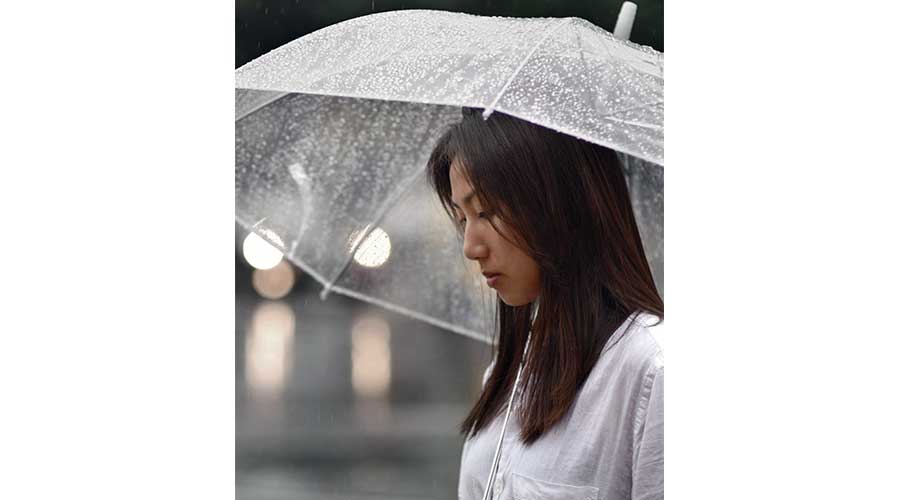Salt therapy – All you need to know
- 24 Feb - 01 Mar, 2024
Everyone’s afraid of something – or a lot of some things. But fear isn’t the same thing as a true phobia. A phobia consists of a persistent fear or avoidance of a specific stimulus. Usually the stimulus is a thing or a situation – like bees or heights. But there’s a second component to phobias. In addition, the fear causes significant distress or somehow impairs the person’s life.
So, maybe you get creeped out by snakes or tight spaces – both of which are common. Your fear may rise to the level of a phobia if you can’t even see snakes on TV without losing sleep, or you have to quit your job because getting to your office requires that you ride in a cramped elevator.
Where do these phobias come from? Your DNA may play a role. Many people have genes that raise their risk for anxiety-related disorders – an umbrella term that includes phobias. But even if you don’t have those phobia genes, you can develop one through learning or conditioning. For example, if your parents always told you to be fearful of spiders, that could snowball into a phobia – especially if you also had a negative experience with a spider.
Avoiding the thing that scares you can also increase its power over you. Avoidance strengthens anxiety and keeps it going, and that’s a recipe for phobia. Quite literally, we can be afraid of just about anything. Keep reading to learn about the weirdest phobias out there.

Taphophobia is the fear of being buried alive. Research suggests it arose during the 1700s at a time when plague was rampant, and people feared doctors or medical professionals would mistakenly pronounce them dead. Taphophobia was such a phenomenon that escapable “safety coffins” were a thing, and corpses were often stored for long periods before burial to ensure they wouldn’t wake up.

Numerophobia is the fear of numbers, though not in the sense that a person believes giant 1’s or 0’s are hiding under the bed. (Although with all the recent hand-wringing about technology, maybe they should.) Instead, numerophobia usually pops up as a fear of doing math or dealing with numbers. There’s some evidence that numerophobic doctors may ignore new evidence-based best practices because of their aversion to numbers and statistics.

Ephebiphobia is a fear of teenagers or adolescents. Cultural and demographic researchers have long understood that nearly every generation of adults harbours mild forms of this phobia – meaning they look at teens as “out of control” or backwards in some way. For adults with more severe forms, spending time with teens can help dispel these fears.

Phonophobia is an “abnormal” and “unwarranted” fear of sound, according to research from Malaysia. Researchers say these are often normal, everyday sounds that cannot possibly harm a person’s hearing or cause pain – stuff like doors closing or loud conversation. Phonophobia sometimes overlaps with a condition called “hyperacusis,” which is an abnormally strong reaction to sound, stemming from the part of your brain that processes noise.

Aerophobia is the fear of fresh air or the movement of air – such as drafts or breezes. Along with a fear of water, fear of air is one common symptom of rabies. Blowing or fanning air on a person with rabies can trigger muscle spasms and an “intense startling reaction,” shows one 2008 study.
Nomophobia is the fear of being without a smartphone. Of course, this is a relatively new phobia. A recent study from Italy defines its characteristics as feeling “anxious or nervous” at the thought of losing your smartphone, or worrying about losing network coverage or battery power.

Ombrophobia is the fear of rain. It falls into a category researchers term “natural environment phobias,” which also includes hurricanes (lilapsophobia), snow (chionophobia), cold (cryophobia), and wind (ancraophobia). People with these phobias may be more likely to have some kind of formal weather-related education, which saddles them with “a greater understanding of the potential dangers associated with severe weather,” according to the authors of one recent study.
COMMENTS